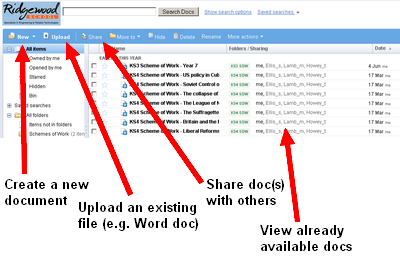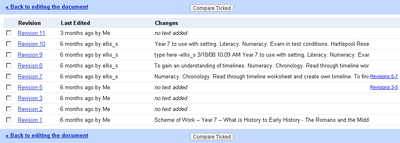My Belbin results – Part 2
In My Belbin Results – Part 1 I outlined what the Belbin process is and listed the nine different characteristics that the process identifies for those who are part of a team. At the end of the blog post I asked people, whether they knew me solely online or also offline, to ascertain which three of the nine characteristics were most like me. Go and read that post (and especially the comments) before proceeding. 🙂
It was interesting that those who know me solely online seem to view me differently from those who know me offline as well. That showed up in my ‘official’ Belbin report as well – there was one external assessor who I’ve only ever talked to on Skype and over the phone.
So what were my results? In order:
Plant – Creative, imaginative, unorthodox. Solves difficult problems. Ignores incidentals. Too pre-occupied with own thoughts to communicate effectively.
Resource Investigator – Extrovert, enthusiastic, communicative. Explores opportunities. Develops contacts. Over-optimistic. Can lose interest once initial enthusiasm has passed.
Shaper – Challenging, dynamic, thrives on pressure. Has the drive and courage to overcome obstacles. Prone to provocation. Liable to offend others.
The above were agreed upon by all five of my observers, apart from one who came up with ‘Specialist’ instead of ‘Shaper’. As for me, I had down Plant and Shaper, but had ‘Monitor Evaluator’ down as number one. Perhaps I’m not so ‘serious minded’ after all… 😉
The pigeon-holing is interesting but some of the report was intriguing. There were six people who assessed me, if you include the self-assessment; here are the top words and phrases people selected to describe me (in order of most frequent):
- innovative
- impulsive
- creative
- imaginative
- opportunistic
- enterprising
- provocative
- encouraging of others
- persistent
- outspoken
- technically skilful
- clever
- professionally dedicated
The word ‘aggressive’ also came out a couple of times, but right next to it was ‘calm & confident’ so I saw them as cancelling each other out. Talking to one of the people who assessed me, they explained the former as positive and being akin to ‘tenacious’. 🙂
There’s various other bits of feedback you get, including a ‘strengths’ and ‘possible weaknesses’ report, along with (hilariously) a ‘counselling report’. Here’s some choice excerpts:
Has innovative tendencies and needs to work in a mentally challenging environment. Requires work where he can use his outgoing nature… Needs to work in an environment which offers scope for personal expression.
Could have problems adapting to a supportive and subordinate role when necessary.
Needs to work within a loose framework. Will function best when given the freedom to roam.
Yours is essentially a pioneering profile. You are one of the few people equally read to develop new ideas on your own or in conjunction with others. Your best line of work is one in which you are required to explore possibilities and to take advantage of new opportunities. You have some features of the visionary. But take care you do not become isolated from others and resistant to the contributions they can make to the development of what is new.
For you above all others, it is best to establish the moment of exit. Do not outstay your welcome.
Your operating style is that of one who always seeks to be at the cutting edge of change. So remember that this is a hazardous spot to occupy. You will need to respect others of more traditional habits if you are to win respect yourself.
Does that seem a fair assessment? 😀









![Reblog this post [with Zemanta]](http://img.zemanta.com/reblog_e.png?x-id=15aff1f1-0071-49e4-a7af-1bc8483d3a97)